“By reading, you learn through others’ experiences, generally a better way to do business, especially in our line of work where the consequences of incompetence are so final for young men.”[1]
As part of the Army profession, our people are encouraged to read about history as it provides important insights and lessons to inform options to address current and future challenges. The National Defence Strategy 2024 states Australia is facing its most challenging strategic environment since the Second World War. Therefore, there is obvious utility in reading books from the Second World War. A plethora of books exists on the subject; however, this article will focus on three books on World War II in the Pacific, in particular, two key observations drawn from the books which remain relevant for the Australian Defence Force.
The first observation focuses on the environment, particularly the significant challenge of undertaking operations in New Guinea and the Solomon Islands. This observation reinforces The Australian Army Contribution to the National Defence Strategy 2024 narrative of war’s enduring nature being brutally violent, uncompromising, unpredictable, and impossible to control. The second observation focuses on leadership drawn from an analysis of the different approaches of Admiral Nimitz and General Macarthur during the Pacific campaign. This observation reinforces ADF Leadership doctrine that context is important, and good leaders shape their leadership approach based on the time, place or situation.
Observation One: The Environment
The period of time from when the Japanese landed on the coast of New Guinea in July 1942 through to early 1944, when the Allies broke out of the South Pacific and commenced their drive toward Japanese home islands, involved some of the fiercest fighting of World War II. The action by the US Marines to secure a beachhead on Guadalcanal, Solomon Islands, in August 1942 led to a protracted and ferocious ground war between Japan and the Allies.
Touched with Fire: the Land War in the Pacific by Eric M. Bergerud portrays the hostility of fighting and the hardships endured by the soldiers due to the environment and terrain in the South Pacific. The book details the different characters, cultures, levels of training, and operating procedures of the forces from the United States, Australia, and Japan – providing firsthand stories by the people who fought at the front line.
The deep analysis of the ground war in the South Pacific detailed in Touched with Fire highlighted a number of factors which impacted operations – a majority of which remain relevant:
- Terrain. The steep terrain limited manoeuvre and the mobility corridors available for both friendly and enemy forces.
- Vegetation. The dense jungle reduced the effectiveness of intelligence, surveillance and reconnaissance capabilities. This often resulted in close combat as soldiers on both sides were unable to locate each other until they were just metres apart.
- Weather. The rain and heat of the wet season further limited manoeuvre and tested the physical endurance of all involved.
- Disease. Tropical disease such as malaria, cholera and dysentery impacted the health of troops and led to significant numbers of non-battle casualties.
- Lack of infrastructure. The limited number and reduced capacity of roads, bridges, buildings, ports, and airfields to support military operations, particularly logistics, impacted tempo, mobility, and resupply options.
- Availability of local resources. The limited capacity of the host nation to supplement and/or support military logistics also impacted tempo, mobility, and sustainment.
The above factors would have impacts on any current day operations in the region. It is therefore important that we undertake training and exercises in these types of environments. Domestically, this can be achieved through exercises in training areas such as Tully and Canungra. While exercises in Fiji, Papua New Guinea, Malaysia and New Caledonia provide excellent opportunities for our people to understand the impact of operating in this type of environment.
Observation Two: The Art of Command: Centralised versus Decentralised
Mastering the Art of Command: Admiral Chester Nimitz and Victory in the Pacific by Trent Hone and Macarthur at War: World War II in the Pacific by Walter R. Borneman present several observations about the differences in command approaches of the two leaders. It is acknowledged that each commander faced distinct challenges within their respective areas of operation: Nimitz as commander-in-chief of the Pacific Ocean (CINCPOA) and Macarthur as commander-in-chief of the Southwest Pacific Area (CINCSWPA). Nimitz favoured a decentralised decision-making process that relied on collaborative sense-making, continuous reorientation, and a relentless pursuit of alternative options. In contrast, Macarthur preferred centralised control, involving regular deployments to the frontline to enhance his understanding.
Admiral Nimitz – decentralised leadership approach
Nimitz’s leadership drew on what he described as four main and unchanging principles of war – employing utmost energy, concentrating superior strength at the decisive point, avoiding the loss of time, and following up every advantage. Underpinning these principles was his ability to rapidly exploit new information. Throughout the campaign, it appeared the tougher the conditions, the calmer Nimitz became. Through rigid adherence to his principles, he could outwardly display calmness and provide a semblance of balance to his headquarters staff and subordinate commanders.
Nimitz invested in creating a personal connection with both his superiors and subordinates, which enabled him to establish a foundation of shared commitment. He cultivated an environment of psychological safety, welcomed debate and demonstrated his respect for the new ideas of his team by regularly incorporating them into his decision-making. This created an open-minded atmosphere and diversity of thought, which was needed in the dynamic operational environment. Despite the unrelenting pace of operations, Nimitz understood the importance of taking time to subconsciously relax to make sense of new information and devise new approaches to the situation.
Nimitz acknowledged the importance of setting constraints and organisational boundaries for both his staff and subordinate commanders; however, he demonstrated a clear preference for decentralised execution for rapid decision-making so forces could seize and maintain the initiative. This was employed at both the operational and strategic levels, where Nimitz pushed authority down and established streamlined staff structures, removing unnecessary additional layers. Nimitz regularly and efficiently reconfigured force and command structures to make them a better fit for the operating context.
As the war progressed, Nimitz identified that the small number of staff at his Headquarters would not be able to manage the scale of operations and logistical challenges associated with fighting in the Pacific. Nimitz was able to integrate the best of command approaches – a small staff for rapid, collaborative sense-making combined with what he saw as an Army’s well-structured centralised management for thorough operational planning. As the commander, he was able to maintain a holistic view by balancing the centralisation of logistics and delegation of operational execution.
Nimitz exhibited a disciplined approach to risk. He continually emphasised the need for calculated risk. He was willing to sacrifice the potential greater certainty in the present to increase his chance of imposing his will on the Japanese in the future. Furthermore, he understood time was arguably his greatest commodity, capitalising on the short feedback loop he maintained between strategy and tactics to act quickly and keep the Japanese off-balance. Nimitz’s decentralised approach to command was supported by a talented mix of humility, inquisitiveness and open-mindedness.
General Macarthur – centralised leadership approach
Macarthur clearly preferred organisational structures with centralised authority during his time as CINCSWPA. History is divided on whether this slowed decision-making and led to less effective outcomes or if his lead-from-the-front approach – often being found with the first troops ashore – built his understanding of the tactical environment.
What is without question is that Macarthur was a leader of personal courage with a will to win and a personal sense of mission for the United States. His guiding principles of command and leadership are consistent: duty, honour, and country. Macarthur generated an enormous rallying cry for the American and Australian people in the dark days of 1942. The Melbourne Herald wrote the United States would not send its greatest contemporary soldier to a secondary war zone: “Macarthur provided his countrymen with a badly needed idol at a time when the military altar was almost bare of icons.”
Macarthur was a strategist and inspiring leader, demonstrating inspirational leadership that served to influence and motivate. His style was a combination of command authority, charismatic image, and paternal humanity. While the majority responded to his confident-inspiring bearing and manner, there were instances where Macarthur’s personality and ego negatively impacted on the willingness of others to bring forward issues and ideas.
Throughout the campaign, Macarthur demonstrated a balance between personal control and delegation through a decentralised approach. However, his penchant for visiting the frontline to gain situational awareness and speak directly to commanders highlighted the need for a centralised approach.
Macarthur had a rare ability to influence through communication, coupled with the enviable skill to persuade his superiors – ranging from US Presidents to Congress and the Joint Chiefs of Staff. This was clearly evident in how he convinced them to adopt policies and approve strategic and budgetary plans that they initially opposed. He transferred this communication strength into expertise in information operations. There is much to learn from Macarthur in this field; he was a master of publicity, which he utilised to create a sense of purpose, win the people's support, and secure resources for his operations.
Analysis of the leadership approaches of Nimitz and Macarthur reinforce a theme drawn from ADF Leadership doctrine that ‘In leadership, context is fundamental. Understanding the context can mean the difference between success and failure.’ The time, location and/or situation that you find yourself in will shape the leadership approach you take. The best leaders are those who can adapt to not only the different environments but also cultures and experiences to build effective teams.
Conclusion
A previous Chief of the Army, Sir Henry Wells, stated, ‘We must avoid the situation where soldiers have to be killed to learn.’ Professional reading should be viewed as a crucial opportunity to learn and be a central part of preparation at both the tactical and operational levels for our joint and combined arms teams. Through the lens of history, the three books discussed in this article provide excellent insights into the challenges of operating in the brutal environment of the South Pacific. Finally, they reaffirm the importance of commanders having the ability to adjust their command style.
Bibliography
Mastering the Art of Command: Admiral Chester Nimitz and Victory in the Pacific by Trent Hone
Macarthur at War: World War II in the Pacific by Waler R. Borneman
Touched with Fire: the Land War in the Pacific by Eric M. Bergerud
End Notes
[1] Drawn from an email sent by General Jim Mattis’ on the 20 November, 2003 in response to a fellow officer asking for words of wisdom on the subject of professional military reading.
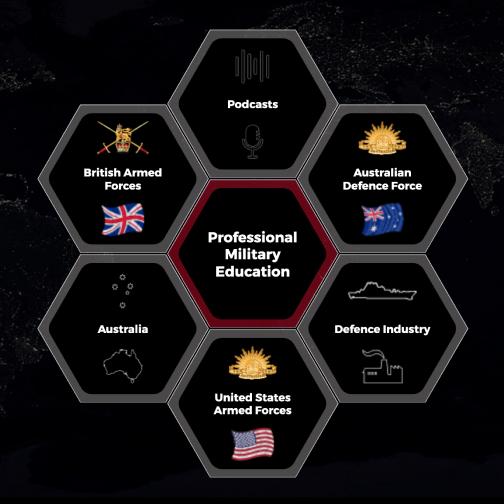


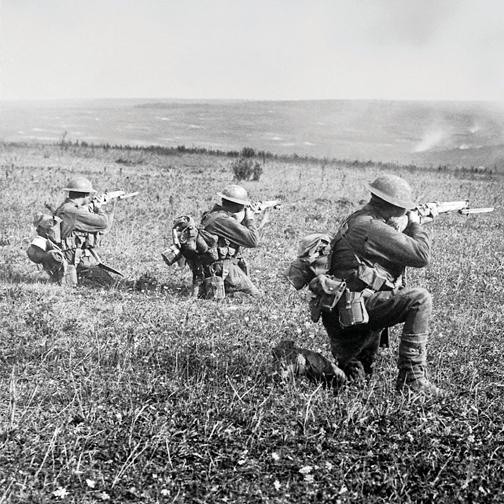


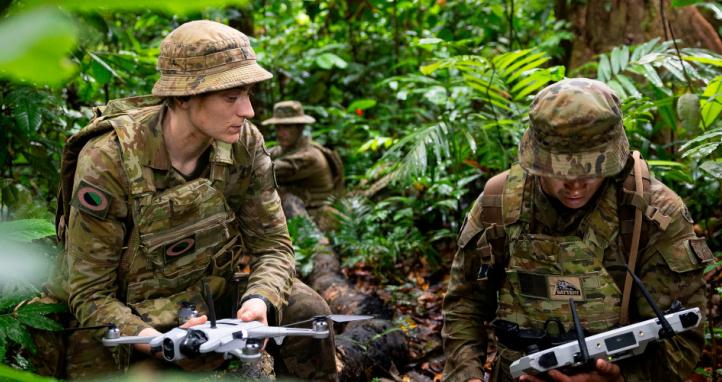
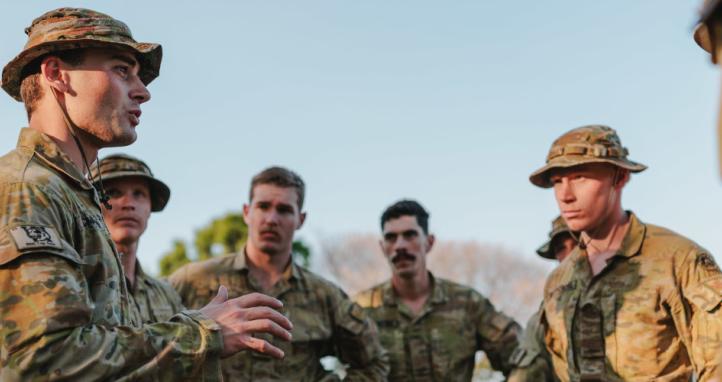
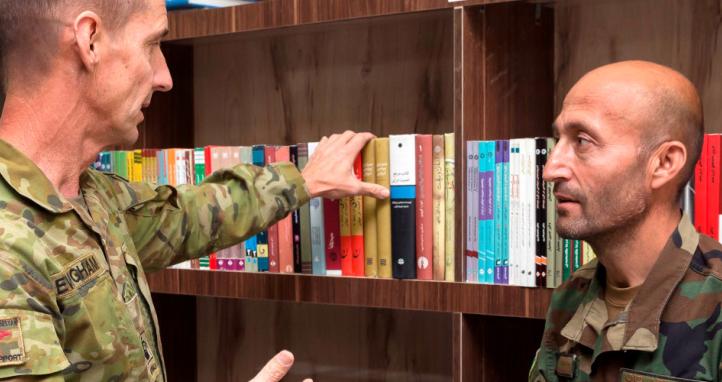
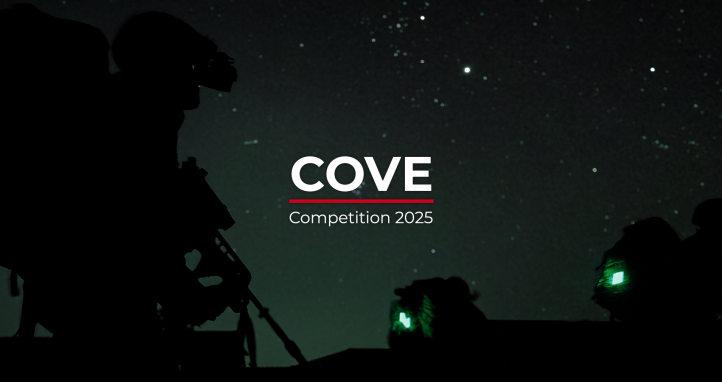
Maximise the 'Home Ground' advantage+ Integrate and Align to Win